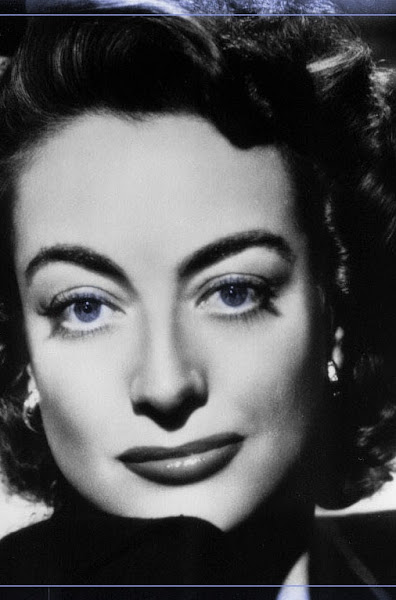 ** ½ out of ****
** ½ out of ****
At the turn of the century, a battle was being fought on the streets of Seattle, Washington—one that would pit protestors hoping for a better world against the inhumane crimes committed by the World Trade Organization. The film is a dynamic, volatile, and intensely powerful documentary on the riots that would occur between the protestors and the police because of this conflict.
The narrative itself, while based on true events, creates a fictitious account with which to relate them, centering on a group of anarchist activists, led by Jay (Martin Henderson), who have some sort of political or personal motivation in gathering in Seattle, Washington at the end of 1999 to protest the summit meeting of the World Trade Organization. What begins as peaceful protests that block off the roads around the WTO’s meeting place suddenly becomes violent warfare on the streets when a State of Emergency is declared, calling on the police to begin to attack the protestors. Mayor Tobin (Ray Liotta) is horrified at this turn of events, as the attacks lead to the physical harm and imprisonment of many innocent protestors. Even some innocent bystanders are assailed, such as Ella (Charlize Theron), the pregnant wife of officer Dale (Woody Harrelson). With all of the odds stacked against the protestors, these fateful days bring together the people of the city in an intense, edge-of-your-seat sequence of events that leads up to the provocative ending.
Boasting a relatively well-known cast, including Oscar-nominee Woody Harrelson, Oscar-winner Charlize Theron, Ray Liotta, Michelle Rodriguez, Channing Tatum, and Joshua Jackson, the film unfortunately suffers from weak character development. However, this does not prevent some respectable performances from shining through. The best performance easily comes from Harrelson, whose simple character ultimately possesses the most dynamic range of emotions. In one memorable shot before the police begin their second assault on the peaceful protestors, Harrelson is emotionally devastated because of the attack on his wife the day before, and a simple medium-close up shot on his face conveys its emptiness but also its intense emotional anguish. Another noteworthy performance is from Rade Serbedzija as Doctor Maric, a member of Doctors Without Borders (Médecins Sans Frontières) whose impassioned plea to members of the WTO who continue to ignore his appeals for medicine for young, dying children in third-world countries actually made me tear up just a bit. The realities of these two performances lie in stark contrast with the disappointing one of Ray Liotta as the Mayor—his frustrations and excited speech come off more as trying too hard.
Concerning the film’s narrative, the first half is relatively weak, suggesting no clear reason for the insertion of a fictitious set of character accounts to dramatize the Seattle riots. In fact, the occasional insertion of the original documentary footage made me initially consider the film as a potentially better documentary. However, the turning point of the narrative comes with the assault on Ella in the first day of police retaliation, and I realized then that the narrative is actually in place to emphasize a humanistic aspect of the events portrayed within. Furthermore, the narrative offers a discontent with establishment, alluded to through the corruption of the WTO and the savage brutality of the police.
The greatest theme of the film recalls the driving theme behind Frank Capra’s 1939 classic, “Mr. Smith Goes to Washington.” In the film, Jimmy Stewart as Jefferson Smith is driven by the idea that “lost causes are the only causes worth fighting for.” The same ideology holds true for the protestors of this film, whose “lost cause” drives them to reject the inhumanities perpetrated by the WTO. It is the character of Django (André Benjamin) who evokes the idea of the “lost cause” to re-inspire discouraged Jay.
Furthermore, a powerful symbol in the film is the balance of justice, established by the statue on the desk of the Mayor. In every scene in which it appears, its placement or use predicts or defines the successes of the protestor protagonists.
All in all, “Battle in Seattle” marks a strong directorial debut for actor Stuart Townsend (a.k.a. Mr. Charlize Theron). His vision behind the camera instructs the realism he appropriates through the film’s messages. Meanwhile, cinematography and editing are also greatly important to the film and directly contribute to its senses of frustration, dynamism, and volatility.
As a word of warning, this film is intense in all senses of the word’s meaning, even until one of the most viscerally wrenching scenes I have ever witnessed on film occurs. The long shot of a police officer slamming pregnant Ella square in the stomach with his stick is anguishing and might require a tissue for your tears or a bag with which to relieve sudden nausea.
“Battle in Seattle” is playing now at the Belcourt Theatre.
Originally published in the October 8 issue of Versus Magazine: Entertainment & Culture
October 8, 2008
Battle in Seattle
Subscribe to:
Post Comments (Atom)

.jpg)

.jpg)
.jpg)

4 comments:
Jefferson Smith fought because it was the right cause. Not because it was a lost cause. There is a fundamental difference.
Jefferson Smith fought because it was for the right cause. He didn't fight because it was a lost cause.
Actually, matman, you are right and you are wrong. Yes, you are correct that he fought because it was the right cause, but he was also COMPLETELY aware that it was a "lost cause," standing up for the right thing in corrupt Washington. I never implied otherwise in this review. I explicitly said that Stewart as Smith said, "Lost causes are the only causes worth fighting for." It was one of the things he said before he collapsed on the Senate floor after a 23-hour filibuster. It was eventually the moralistic idea that led to the change of heart of lying Claude Rains as Sen. Payne. I'll have to ask you to re-watch "Mr. Smith" because otherwise, your misinterpretation of Smith's battle for the lost cause - the right cause - is somewhat off, no offense.
that was a very nuanced and informative review. Makes me want to go see the film and evaluate it myself.
Post a Comment